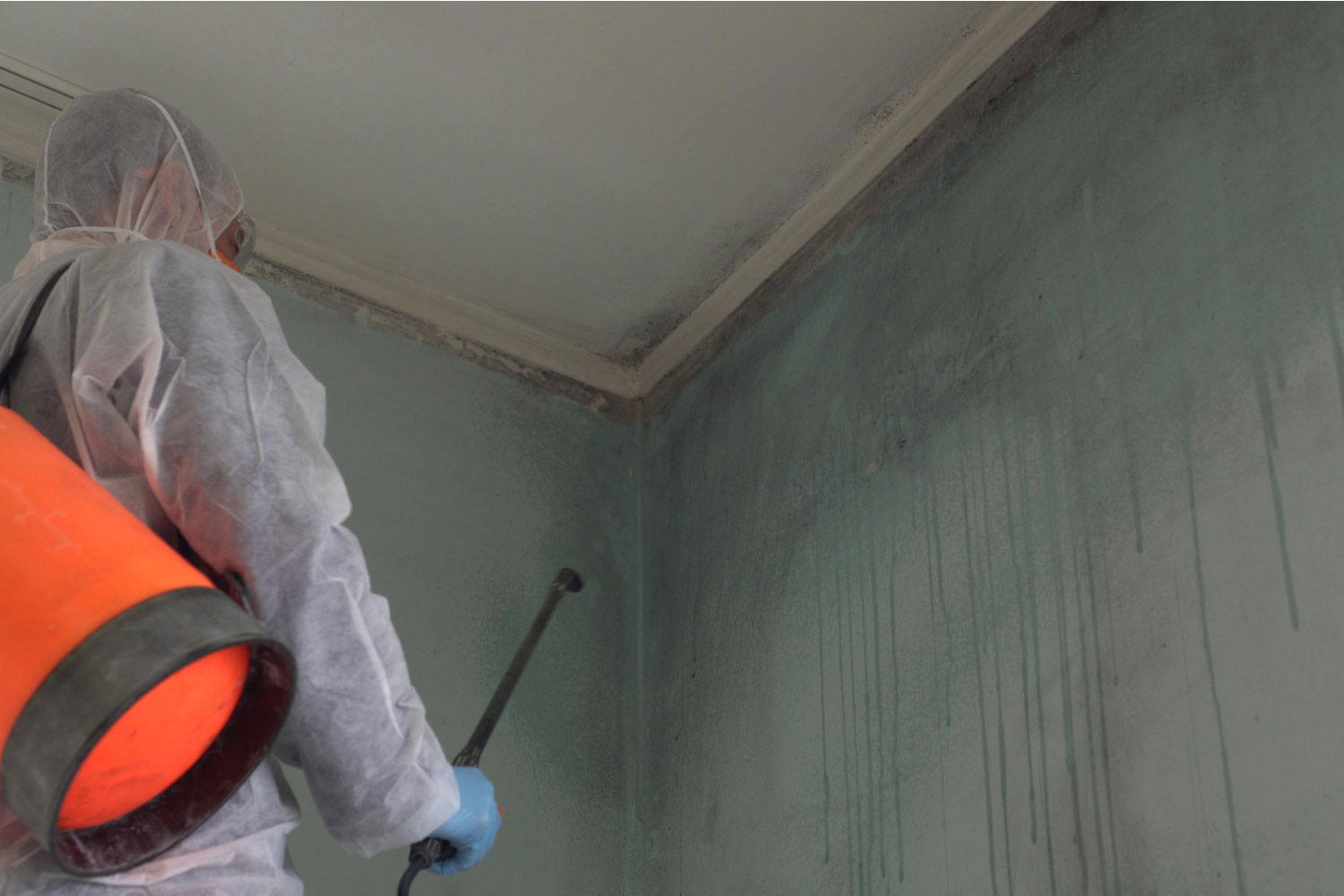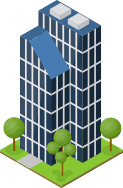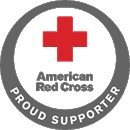Mold is everywhere in our natural environment. You can find mold indoors and outdoors. Mold will enter your home on your shoes, on your clothing, in your grocery bags, even on your pets. Mold is not usually a problem in your home unless it starts growing. When it does you, or your remediation contractor, need to follow EPA guidelines when the mold is remediated.
The absolute best way to control mold growth is to control moisture. Just like all living organisms, people included, mold requires food and water. Our houses are constructed of and already contain the food. To keep mold at bay we must withhold the water.
Things You Should Know About Mold
- Mold can cause allergic reactions, asthma, or other types of respiratory problems for individuals sensitive to it.
- Mold cannot be completely eliminated from residential homes.
- If you find mold in your home you must find its source of water, eliminate the water and remove the mold.
- Maintain humidity levels below 60 percent in your home.
The EPA Guidelines to Follow
Whether you decide to remove the mold yourself (an area less than 10 square feet is consider okay for DIY) or hire a professional, EPA guidelines need to be followed.
- The source of water must be indentified and stopped.
- Containment should be established to prevent the spread of mold spores that may become airborne during the removal process. Polyethylene sheeting should be used from ceiling to floor, with an entry slit that is covered with a double layer flap of polyethylene.
- Negative air pressure must be established inside the containment to prevent mold spores from drifting out of the containment chamber.
- Personal protective equipment must be worn. This includes gloves, eye protection goggles, disposable clothing (tyvek suits with shoe and head covers), and a N-95 rated respirator.
- The area inside the containment must be vacuumed with a HEPA-rated vacuum to capture any remaining mold spores.
- All mold-contaminated materials should be removed and bagged for disposal before being removed from the containment chamber. Any remaining structural materials should be wet-wiped with a solution containing antimicrobial agents.
- The affected areas should be dried down to acceptable moisture levels.
- Steps 5 and 6 should be repeated over two more consecutive 24-hour periods
Special Considerations
If the mold has been identified as a particularly toxic species, a more cautious approach to removal should be made. Caution is also recommended any time mold is found in your HVAC system. The danger of spreading the mold spores throughout your home through the ductwork is a strong possibility. If any mold-sensitive individuals live in the home, you should consider evacuating them until the entire remediation process has been completed. At-risk individuals would include young children, seniors, pregnant women, people with compromised immune systems (HIV/AIDS, etc.), and people undergoing chemotherapy.
Mold Remediation Professionals
When mold has spread to larger areas (greater that 10 square feet) it’s time to seek professional assistance. Water Mold Fire Restoration is nationally certified in mold remediation and can help get rid of mold safely and completely. We respond 24/7 and can have IICRC-certified technicians on site in one hour or less. We can be reached by email at help@watermoldfire.net or by calling 800-905-0277.








